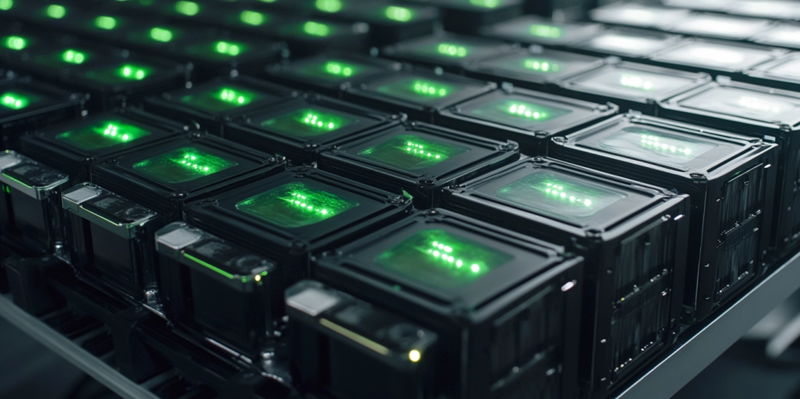Western Digital (WD) has introduced several new hard drives featuring an innovative 11-platter design, marking a significant advancement in storage technology and positioning the company as a formidable contender in the data storage industry. This cutting-edge design allows for greater storage capacities without the need to increase the physical size of the drives. Among the most noteworthy announcements is a 32TB Shingled Magnetic Recording (SMR) drive specifically designed for data centers. This particular model is noteworthy as it is WD’s first drive to surpass the 30TB mark, setting a new benchmark for the company. Alongside this, WD also unveiled two new Conventional Magnetic Recording (CMR) drives: the 26TB Ultrastar DC HC590 and the 26TB WD Gold SATA drive, further enhancing their product lineup.
By introducing these new drives, WD is significantly boosting its storage capabilities compared to previous models. Last year, the company had achieved storage capacities of up to 28TB for SMR and 26TB for CMR drives. The addition of up to 4TB in capacity sets a new industry standard and underscores WD’s commitment to innovation. While WD is leading the pack with its unique 11-platter design, the company is trailing behind its competitor Seagate in the adoption of Heat-Assisted Magnetic Recording (HAMR) technology. Seagate has already made strides in this area by releasing a 32TB HAMR drive, with plans for further advancements to 36TB, 40TB, and eventually 50TB capacities. Seagate even harbors ambitions to reach a groundbreaking 100TB by 2025, placing them at the forefront of HAMR technology.
Competitive Landscape
Western Digital (WD) has unveiled a series of new hard drives based on an innovative 11-platter design, representing a significant leap in storage technology. This design enables higher storage capacities while maintaining the same physical dimensions. One of the standout announcements is a 32TB Shingled Magnetic Recording (SMR) drive aimed at data centers. This particular drive is notable as it marks WD’s first entry past the 30TB threshold, establishing a new high for the company. In addition, WD introduced two new Conventional Magnetic Recording (CMR) drives: the 26TB Ultrastar DC HC590 and the 26TB WD Gold SATA drive, thereby enriching its product lineup.
These new drives significantly enhance WD’s storage capabilities compared to their earlier models. Last year, the company offered up to 28TB for SMR and 26TB for CMR drives. Adding an extra 4TB in capacity sets a new industry standard and underscores WD’s commitment to innovation. Despite leading with an 11-platter design, WD lags behind Seagate in Heat-Assisted Magnetic Recording (HAMR) technology. Seagate has already launched a 32TB HAMR drive and plans to extend capacities to 36TB, 40TB, and even 50TB. Seagate also aims for a groundbreaking 100TB by 2025, positioning them as HAMR technology pioneers.

